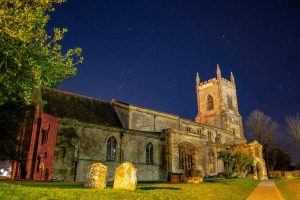Our local area
Burton-upon-Trent as the name suggests is located on the River Trent (the Trent and Mersey canal also runs through the town), in the county of Staffordshire, approximately 130 miles north-west of London and 28 miles south-west of Nottingham.
The town has a population of around 61,600. Administratively it is within the local government district of East Staffordshire, which also has borough status, and which covers an area of approximately 390 sq kms.
This busy and ancient market town is primarily renowned for its beer which was first brewed here by benedictine monks. It is a thriving commercial and manufacturing centre and is the main shopping centre in East Staffordshire. Modern developments have also seen it established as a focus for cultural and leisure activities in the area. There are many historical buildings displaying excellent architecture including the Town Hall, St. Margaret’s Church, St. Paul’s Church, and the parish church of St. Modwen’s.
There is archaeological evidence which shows human habitation in the Trent Valley 250,000 years ago. However, the town’s history dates back to the 7th century when a Christian settlement was established here by St Modwen. An abbey was then founded on the site, by the Mercian noble Wulfric Spot, dedicated to the saint.Â
Historically the town’s economy was based upon brewing due to the quality of the local water. The town is still home to five brewers – Coors, Marston’s, Burton Bridge Brewery, and two smaller breweries. A by-product of the brewing industry, both Marmite and Bovril are also produced in factories in the town. Punch Taverns Plc has its head quarters at a new £2.7 million base in Burton.
The name Burton-on-Trent derives from the Old English ‘byrh-tun’, meaning a fortified farmstead, and ‘trentham’, a homestead or river meadow on the River Trent. The town was referred to as Byrtun in 1002 and Bertone in the Domesday Book of 1086.
